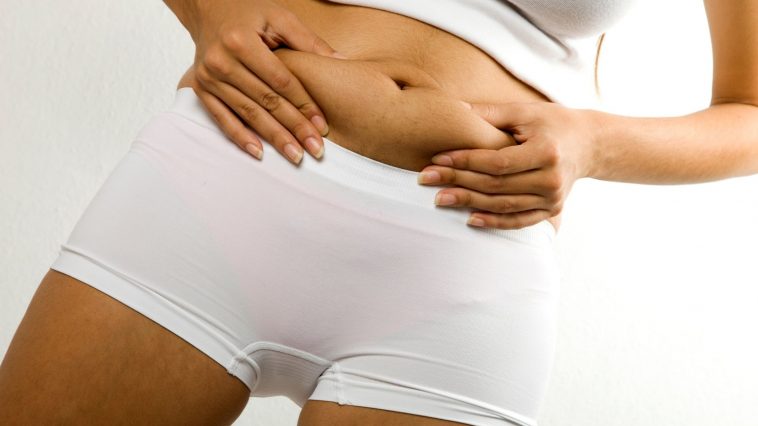What do your waistline measurements say about your well-being? Learn why belly fat is becoming more frequent after menopausal changes, its risk, and what you can do about it. A slender waistline is often seen as the cost of becoming older. Women, for instance. This could be particularly true following menopausal changes where body fat tends to shift towards the abdomen. But the rise in belly fat can make it difficult to pull on your jeans.
Research has shown that belly fat is also linked to grave health risks. The positive news? The dangers that belly fat poses can be minimized.
What’s in the belly fat
Three major aspects mostly determine your weight:
- How many calories do you consume during the day?
- How many calories do you get rid of through exercise
- Your age
If you consume too much and don’t exercise enough, you’ll likely carry extra weight, including belly fat. Additionally, your muscle mass could decrease with age as fat accumulation increases. A decrease in muscle mass lowers the rate of your body’s use of calories, making it more difficult to keep the weight you need to be healthy. Many women notice a rise in belly fat as they age, even though they’re not gaining weight. This could be due to a decline in estrogen levels that appear to affect the way fat is distributed throughout the body. It is a common pattern to add or put on weight around the waist with the shape of an “apple” rather than a “pear” shape — may be due to genetic factors.
The reason belly fat can be higher than the skin
The problem with belly fat is that it isn’t restricted to the additional layer of padding under the surface (subcutaneous fat). Also, visceral fat lies deep within your abdomen that surrounds the internal organs.
While subcutaneous fat can cause problems with appearance but visceral fat is associated with several more serious health concerns, such as:
- Heart disease
- Type 2 diabetes
- High blood pressure
- An abnormality in cholesterol
- Trouble breathing
Research has also linked belly fat with a higher likelihood of death before it occurs, regardless of weight. Indeed, several studies had revealed that when women were considered to be a normal weight, based on the traditional BMI (BMI) measures, having a high waistline increased the chance of suffering from cardiovascular disease.
How to measure belly fat?
How can you tell whether you’ve got excess belly fat? Check your waist measurement:
Make sure you stand and put an inch-long tape measure on your stomach. Place it close to your hipbone. The tape measure should be pulled until it snugly fits around your body but does not press on your skin. Be sure that the tape measure is straight throughout. Relax, exhale, and then measure your waist. Avoid the urge to sink your stomach. For overweight women, having a waist measurement greater than 35 inches (89 centimeters) suggests a high weight gain and a higher risk of developing health issues.
ways to decrease belly fat?
The abdominal muscles can be toned through crunches or other specific abdominal exercises. However, just performing these exercises won’t help remove belly fat. The visceral fat response is to the same exercise and diet strategies to help you shed weight and reduce the body’s total fat. For a better way to fight belly fat:
A healthy diet is essential. Focus on plant-based foods like vegetables, fruits, and whole grains. Also, choose low-fat protein sources and dairy products with low fat. Avoid the amount of sugar added and saturated fats, which can be found in meat and dairy products that are high in fat like butter and cheese. Use small amounts of monounsaturated and polyunsaturated oils — which can be found in nuts, fish, and certain vegetable oils instead.
Replace sugary drinks. Drink water or drinks with artificial sweeteners instead.
Make sure that your portion sizes are within your limits. Even when you’re eating healthy, the calories can add up. At home, reduce the size of your portions. Share meals at restaurants, consume half your meal, then take the remainder at home.
Include exercise in your day-to-day program. For most healthy adults, the Department of Health and Human Services suggests moderate aerobic exercise like brisk walking for at least 150 minutes per week or vigorous aerobic exercise like running for a minimum of 75 minutes per week.
If you are using the step counter, be aware that it requires about 10,000 steps per day to avoid weight increase. Some studies suggest it may require 15,000 steps per day to stop the regaining of weight following a substantial loss.
Strength training is suggested at least two times per week. If you are looking to shed weight or reach certain fitness goals, you may need to train more.




